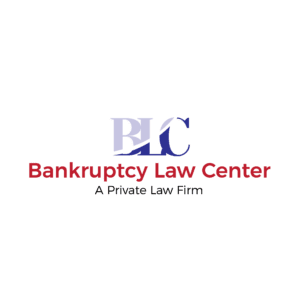Chapter 11 bankruptcy was originally designed for businesses but individuals may also file under this chapter. Those individuals who exceed the debt limits of chapter 13 bankruptcy are required to file under chapter 11. The current debt limits for chapter 13 is $1,010,650 for secured debts and $336,900 for unsecured debts. The debt limits appear to be low for those individuals who own more than one property whose values have dropped significantly.
There are many advantages of being in chapter 11 as opposed to chapter 13. When individuals file for chapter 7 or chapter 13 bankruptcy, they are subjected to a means test. Those debtors who are above the median income limit for their household size cannot file under chapter 7 and if they file under chapter 13, they are required to make payments in a five year plan. However, the means test does not apply to the individual debtors in chapter 11 cases so they may propose repayment plans that are less than five years and therefore, they will end up paying less of their disposable income to unsecured creditors.
In chapter 11, the debtors can modify their secured debts such as car loans and mortgages. There is a time restriction in chapter 13 cases where the debtor must have financed the vehicle more than two and half years ago before the loan can be reduced to the value of the car. However, in chapter 11 cases there is no time restriction so if you purchased a vehicle a year ago and if the loan is more than the value of the car, you are only required to pay back what the car is worth and not the original balance. In both chapter 11 and 13 cases, the debtors can modify the mortgages on their rental properties. For example, if the value of the property has dropped below the outstanding mortgage, you are only required to pay back the amount based on the current value of the property. The only caveat is that individual debtors are not allowed to modify their primary residence.
Once the values on the secured properties have been established, the debtor will then propose a plan of repayment of the secured and unsecured debts. The plan duration can be controlled by the debtor such as a three year or longer plan. The debtor must submit the plan to the creditors for a vote and if the case is to proceed forward, the debtor must receive at least one vote from the creditors. The remaining creditors that object to the plan can be forced to accept the plan by the court which is called a “cram down.†The advantage of chapter 11 bankruptcy is that the debtor has control over the content of the plan and may propose terms that are to his benefit. However, the advantage of chapter 13 bankruptcy is that you don’t need to solicit the votes of the creditors but you are subjected to a three or five years plan based on your income.
